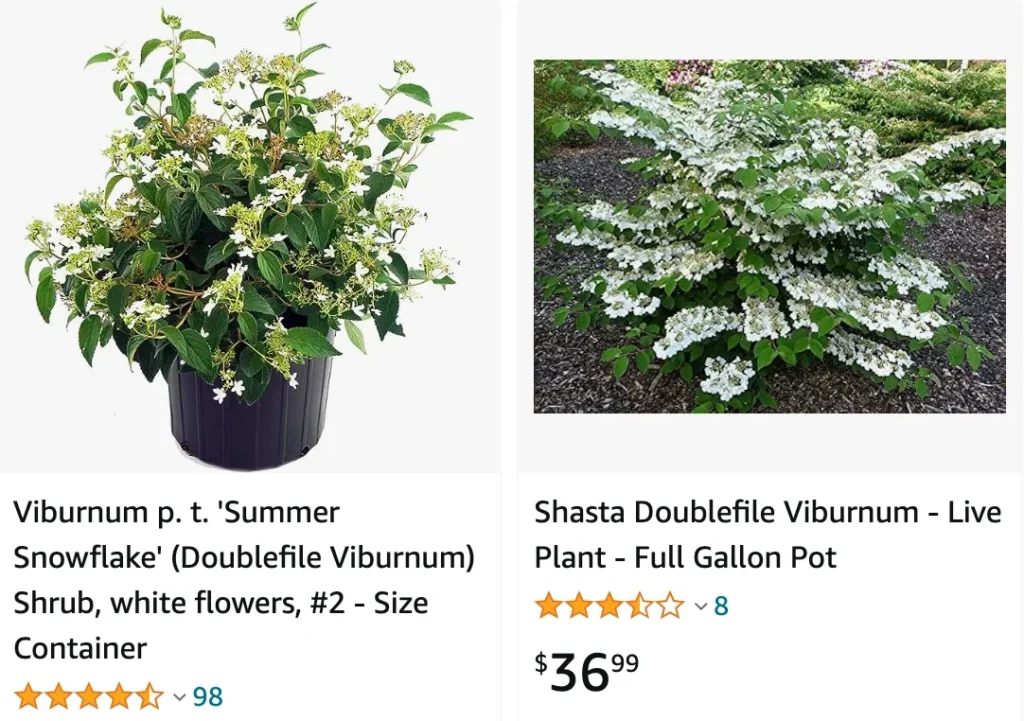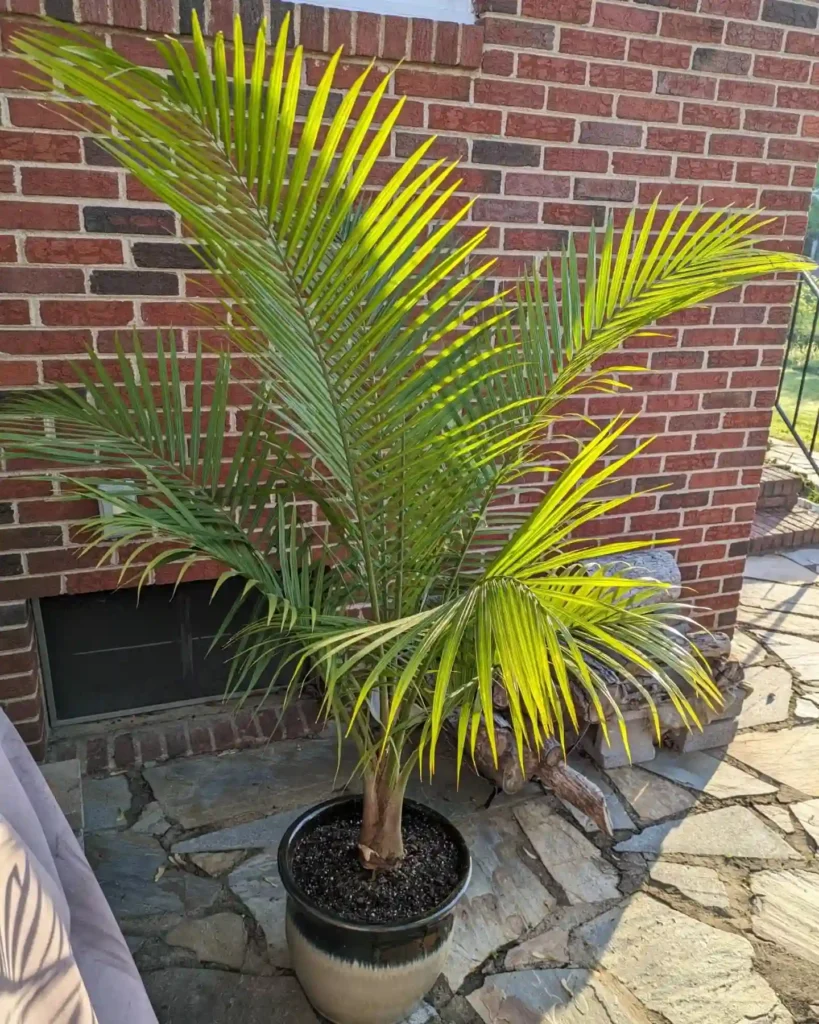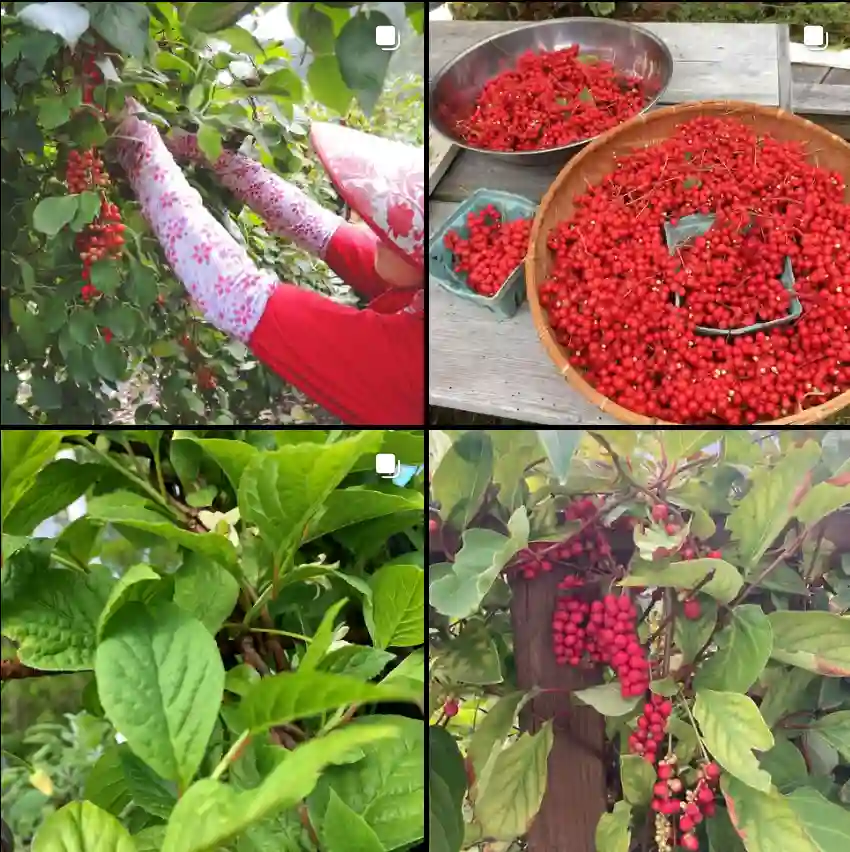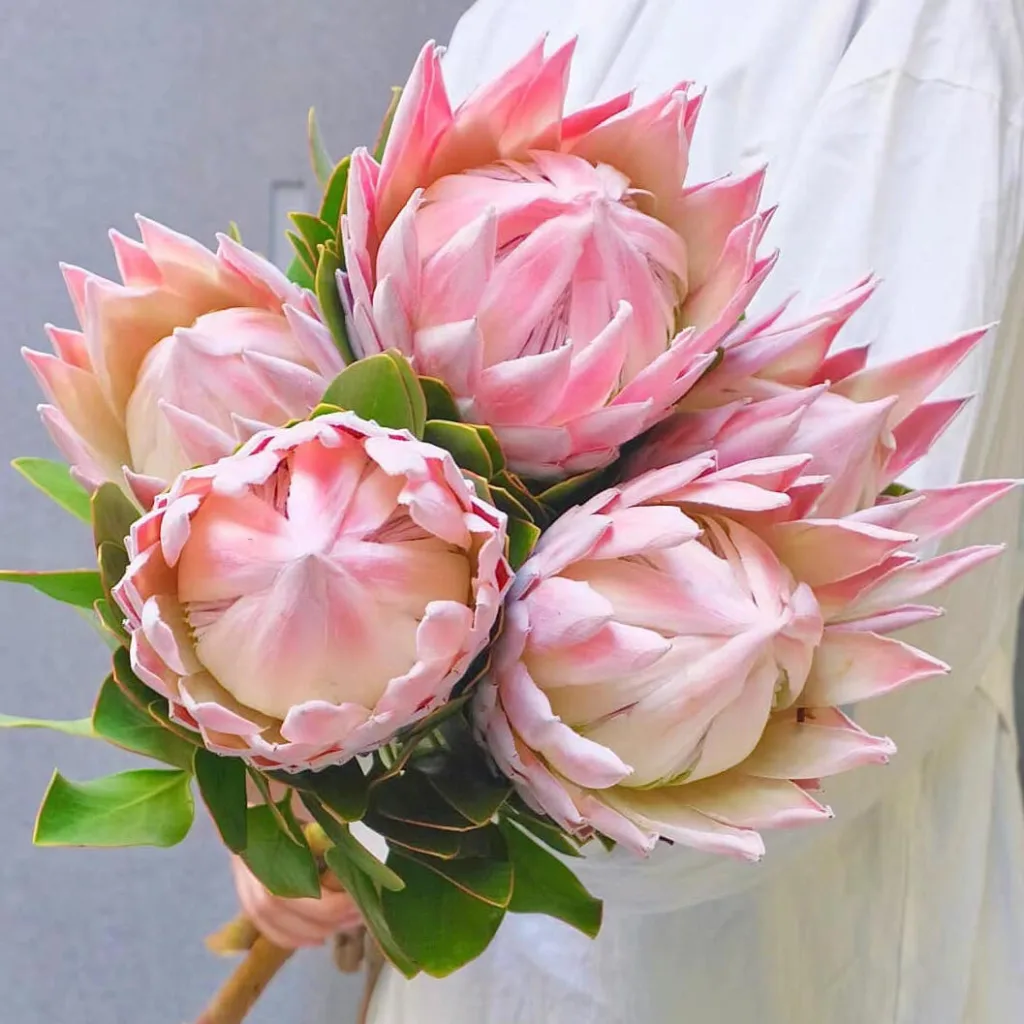
Is Summer Snowflake Viburnum deer resistant?
I’ve found that the Viburnum Summer Snowflake tends to be quite deer resistant in my garden. While I can’t guarantee that every deer will avoid it, in my experience, they’ve generally left it alone compared to other plants.
206 Species in Genus Viburnum
Is Viburnum Summer Snowflake evergreen?
The Summer Snowflake Viburnum isn’t an evergreen. In my garden, it loses its leaves in the fall, but it puts on such a beautiful show of flowers in the spring and summer that I don’t mind the seasonal change.
Are Summer Snowflake Viburnum fruit attractive to birds?
Birds in my yard seem to love the berries that the Summer Snowflake Viburnum produces. I often see them flocking to the plant, especially when the fruits are ripe and abundant.
Do you prune Summer Snowflake Viburnum?
I do prune my Summer Snowflake Viburnum, usually right after it finishes blooming. I find that this helps maintain its shape and encourages more vigorous growth and flowering the next season.
Does Summer Snowflake Viburnum have fruits?
Yes, the Summer Snowflake Viburnum does have fruits. They’re small, red berries that turn black when ripe, and they add an extra layer of interest to the plant after the flowers have faded.
How fast does Summer Snowflake Viburnum grow?
In my experience, the Summer Snowflake Viburnum grows at a moderate pace. It’s not the fastest-growing shrub, but with good care, it fills out nicely over a few years and becomes a beautiful, well-established part of the garden.
How to care for Summer Snowflake Viburnum?
The Summer Snowflake Viburnum (Viburnum plicatum f. tomentosum ‘Summer Snowflake’) is a beautiful shrub prized for its abundant white flowers and attractive foliage. Here’s a guide on how to care for it and keep it thriving in your garden:
Planting:
- Climate: Summer Snowflake Viburnum prefers cool to temperate climates (USDA zones 5-8). It tolerates some cold but may experience dieback in very harsh winters.
- Sunlight: Prefers full sun to partial shade. At least 6 hours of direct sunlight daily is ideal for optimal flowering. However, it can tolerate some light shade, although flowering might be less profuse.
- Soil: Adapts to a wide range of soil types but prefers well-drained, moist soil. If your soil is heavy clay, amend it with compost or other organic matter to improve drainage.
Planting Steps:
- Choose a suitable location in your garden that meets the sunlight and soil requirements.
- Dig a hole 2-3 times wider than the root ball of your Summer Snowflake Viburnum and just as deep.
- If necessary, amend the dug-up soil with compost or organic matter for better drainage and fertility.
- Carefully remove the plant from its pot (if container-grown) and gently loosen any pot-bound roots.
- Place the plant in the hole, ensuring the root crown (the area where the stem meets the roots) sits slightly above the surrounding soil level.
- Backfill the hole with the amended soil mix, tamping it down gently to remove air pockets.
- Water thoroughly to settle the soil around the roots.
Aftercare:
- Watering: Water regularly, especially during the first growing season, to keep the soil consistently moist but not soggy. The frequency will depend on rainfall and weather conditions. Established plants are drought tolerant but will benefit from occasional watering during dry periods.
- Mulching: Apply a layer of mulch (2-3 inches thick) around the base of the plant to retain moisture, regulate soil temperature, and suppress weeds. Keep mulch a few inches away from the stems to prevent rot.
- Fertilizing: You can fertilize your Summer Snowflake Viburnum once a year in early spring with a balanced fertilizer. Avoid over-fertilizing.
- Pruning: Pruning is not strictly necessary but can be done to maintain a desired shape or size. Prune in late winter or early spring before new growth appears. You can also remove spent flowers after blooming to promote bushier growth.
Additional Tips:
- Summer Snowflake Viburnum is a fast-growing shrub and can sucker (send up shoots from the roots). You can remove these suckers if you want to maintain a single-trunked shrub.
- While generally pest and disease resistant, watch for common garden pests like aphids or scale insects. You can treat them with insecticidal soap or neem oil if spotted.
- Deadheading spent flowers can encourage additional blooms throughout the season.
Is Summer Snowflake Viburnum invasive?
I haven’t found the Summer Snowflake Viburnum to be invasive at all. It stays where I plant it and doesn’t spread aggressively like some other plants can. It’s very well-behaved in my garden.
Is Viburnum Summer Snowflake poisonous to dogs?
As far as I know, the Summer Snowflake Viburnum isn’t poisonous to dogs. My dog has been around it for years with no issues, and I haven’t seen any signs of toxicity.
Where to plant Viburnum Summer Snowflake?
I like to plant Viburnum Summer Snowflake in a spot that gets plenty of sun to partial shade. It seems to thrive best with morning sun and some protection from the harsh afternoon rays, and I usually place it where I can enjoy its beautiful flowers and the birds that visit its berries.
If i die, water my plants!



